 La congestión venosa es la principal causa de complicación en la reconstrucción microquirúrgica de mama. Entre sus posibles motivos, son de especial interés las características de los vasos receptores. Las venas mamarias internas son la primera opción como venas receptoras. Ampliar…
La congestión venosa es la principal causa de complicación en la reconstrucción microquirúrgica de mama. Entre sus posibles motivos, son de especial interés las características de los vasos receptores. Las venas mamarias internas son la primera opción como venas receptoras. Ampliar…
Publicado: . En: Artículos recomendados. ![]()
 El cáncer mamario es el más frecuente en las mujeres puesto que el riesgo de padecimiento a lo largo de la vida oscila entre un 10 % y un 12 %. La mastectomía ha sido el tratamiento estándar por más de una centuria, aunque, en las últimas décadas las técnicas reconstructivas han sido reconocidas como parte del tratamiento integral del mismo.
El cáncer mamario es el más frecuente en las mujeres puesto que el riesgo de padecimiento a lo largo de la vida oscila entre un 10 % y un 12 %. La mastectomía ha sido el tratamiento estándar por más de una centuria, aunque, en las últimas décadas las técnicas reconstructivas han sido reconocidas como parte del tratamiento integral del mismo. 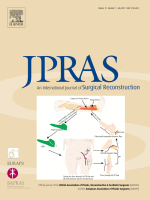 The use of implants for breast reconstruction began over four decades ago, with implants initially placed in the prepectoral space. Concerns arose regarding the high incidence of capsular contracture and complication rates. With the introduction of acellular dermal matrix (ADM), plastic surgeons are again considering the advantages of prepectoral implant placement. A systematic review was conducted to examine complication profiles in prepectoral breast reconstruction alone versus prepectoral with ADM or mesh.
The use of implants for breast reconstruction began over four decades ago, with implants initially placed in the prepectoral space. Concerns arose regarding the high incidence of capsular contracture and complication rates. With the introduction of acellular dermal matrix (ADM), plastic surgeons are again considering the advantages of prepectoral implant placement. A systematic review was conducted to examine complication profiles in prepectoral breast reconstruction alone versus prepectoral with ADM or mesh.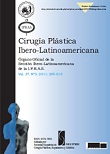
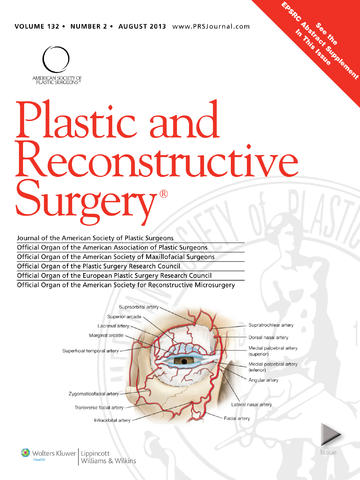 Postoperative skin necrosis in surgical patients is costly to hospitals and health care providers. Tumescent dissection technique is commonly used in mastectomy and immediate breast reconstruction, as it helps reduce blood loss; however, it may increase the risk of mastectomy skin flap necrosis. In this context, the authors have conducted a systematic review of the literature to perform a meta-analysis of the relationship between tumescent technique in mastectomy with or without breast reconstruction and complication rates.
Postoperative skin necrosis in surgical patients is costly to hospitals and health care providers. Tumescent dissection technique is commonly used in mastectomy and immediate breast reconstruction, as it helps reduce blood loss; however, it may increase the risk of mastectomy skin flap necrosis. In this context, the authors have conducted a systematic review of the literature to perform a meta-analysis of the relationship between tumescent technique in mastectomy with or without breast reconstruction and complication rates.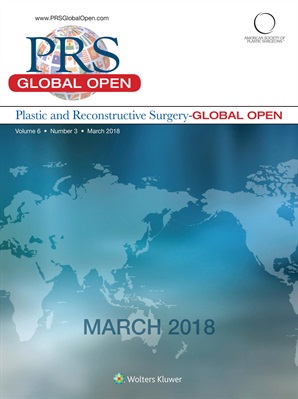 Over the years, the choice of recipient vessels for free flap autologous breast reconstruction has shifted from the thoracodorsal to the internal mammary vessels due to ease of flap inset and predictability of anatomy. However, thoracodorsal vessels are still great recipient vessels, and can be useful, especially in the previously failed or staged autologous breast reconstruction. In this study, we present our experience using thoracodorsal or serratus vessels for profunda artery perforator flaps.
Over the years, the choice of recipient vessels for free flap autologous breast reconstruction has shifted from the thoracodorsal to the internal mammary vessels due to ease of flap inset and predictability of anatomy. However, thoracodorsal vessels are still great recipient vessels, and can be useful, especially in the previously failed or staged autologous breast reconstruction. In this study, we present our experience using thoracodorsal or serratus vessels for profunda artery perforator flaps.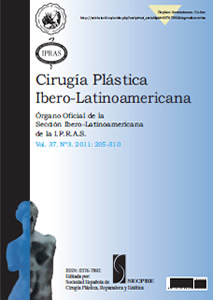
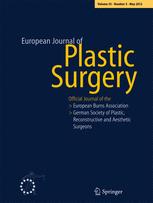 Preoperative implant planning for breast reconstruction is often at risk of being changed perioperatively. This study examined which factors are associated with a change of implant selection.
Preoperative implant planning for breast reconstruction is often at risk of being changed perioperatively. This study examined which factors are associated with a change of implant selection.
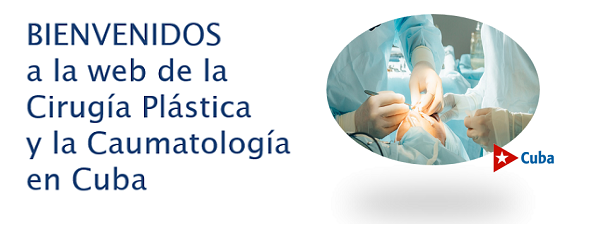



 Sitio web publicado el
Sitio web publicado el
Los lectores comentan